There are many types of outlets on the market today. In your home, you may have more than one type of outlet installed. Your kitchen and garage may have a different style of outlet then your bathroom or living room and if your home is older you may have old outlets or more than one type because updates were started and never completed. We want to help you define what types of outlets you have in your home and why.
Outlets have a hot wire and a neutral wire. These wires deliver electricity to and from your power source. Receptacles with the two wires, hot and neutral are considered non-grounded outlets. When you add the third ground wire the outlet becomes grounded. The grounded outlet is very commonly used today.
The ground wire is a safety feature protecting from a power surge, sending the surge of electricity back to your main power source and out through the ground wire to the earth. The earth absorbs the excess electrical energy reducing the risk of damage to your property and injury of any person. In 1962, the National Electrical Code required the installation of grounded 3-Prong outlets in new builds in the United States.
2-Prong NEMA 1-15R 120V 15A Receptacle

Two-prong receptacles are non-grounded outlets.
Commonly used in builds prior to 1960 and can still be found in homes that have not been updated.
Replacing Old Electrical Outlets and upgrading them to a receptacle including a ground wire is possible but there are many things to know and you need to hire a licensed electrician to make these changes properly in your home.
Do you need to replace your 2-prong receptacles for a 3-prong?
If your home was built before the electrical code change you do not have to change or upgrade your outlets, although many people choose to, it is not a requirement. If you decide to remodel, update or do other projects in your home, you may be required to update your electrical outlets to the current code in the surrounding areas of your project.
3-Prong NEMA 5-15R 125V 15A Receptacle

Three-prong receptacles are grounded outlets. The ground wire is there to protect you from electrical shock. Many cases this is because the metal inside or casing your appliance can be dangerous without a ground wire. Some people will choose to adapt with a cheater plug, allowing you to plug a three-prong plug into a 2-prong receptacle. The appliance will still work, however, without the ground wire there is an extra safety measure removed from the plug.
ADV104 is a temporary power solution you may use to get multiple outlets in one place. This product plugs into a NEMA 5-15R regular 15 Amp household outlet and becomes two outlets.
3-Prong NEMA 5-15/20R 125V 15/20A T-blade Receptacle
M515520-GY is an AC WORKS™ Brand household T-blade adapter rated 15Amp to 20 Amp. You can use this adapter to create a T-blade outlet for temporary use.
Three-prong receptacles are grounded outlets. This outlet if commonly found in kitchens and in your garage or basement. Many residential households have these outlets throughout their home and some do not. The difference with the T-blade outlet vs. the 3-Prong grounded outlet above is the ability to plug a NEMA 5-20P into the already existing NEMA 5-15R connector. That means you can plug two types of 15/20 Amp plugs into this one outlet.

This allows for more powerful items to be used, for example, a sump pump in your home basement or a table saw in your garage. These are items you may need to draw more power and will need a 5-20R or a 3-Prong T-blade receptacle to do so.
S520L520 is a good example of a flexible adapter you can use to plug your sump pump into an existing T-blade outlet in your home.
If you have any questions about your appliances and how you can get power to them with your existing outlets contact our customer service department and they will find you a solution.
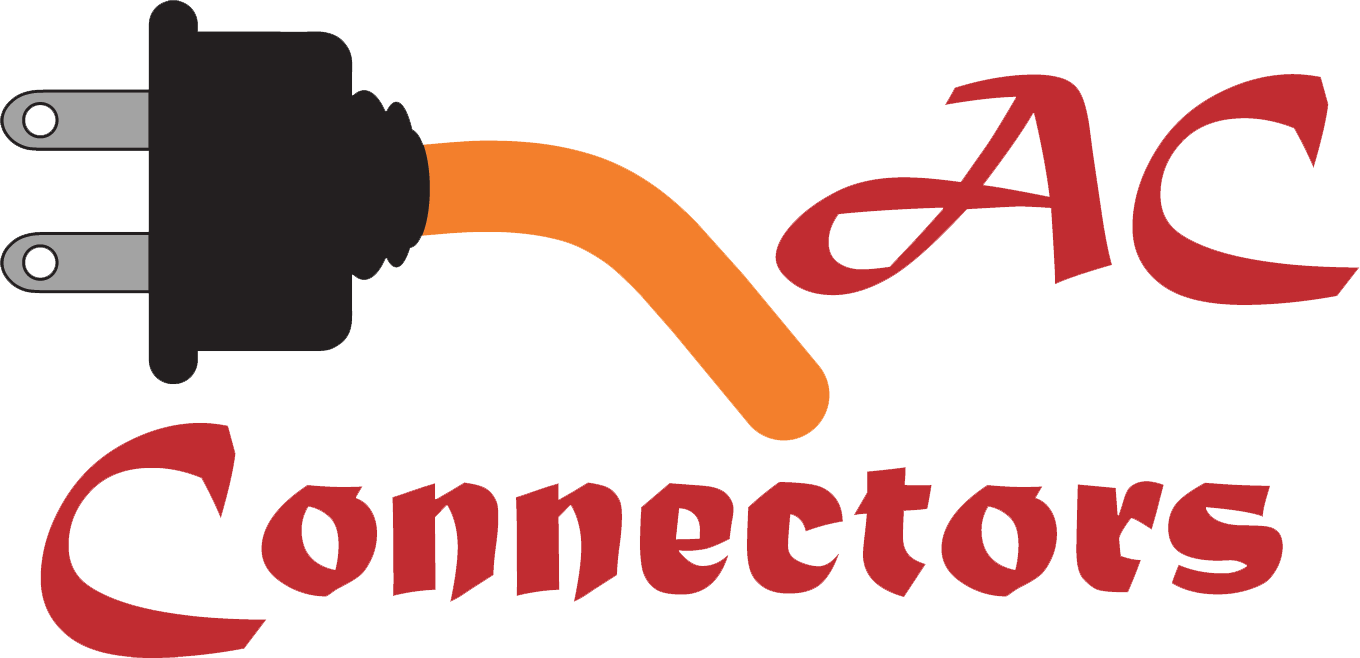

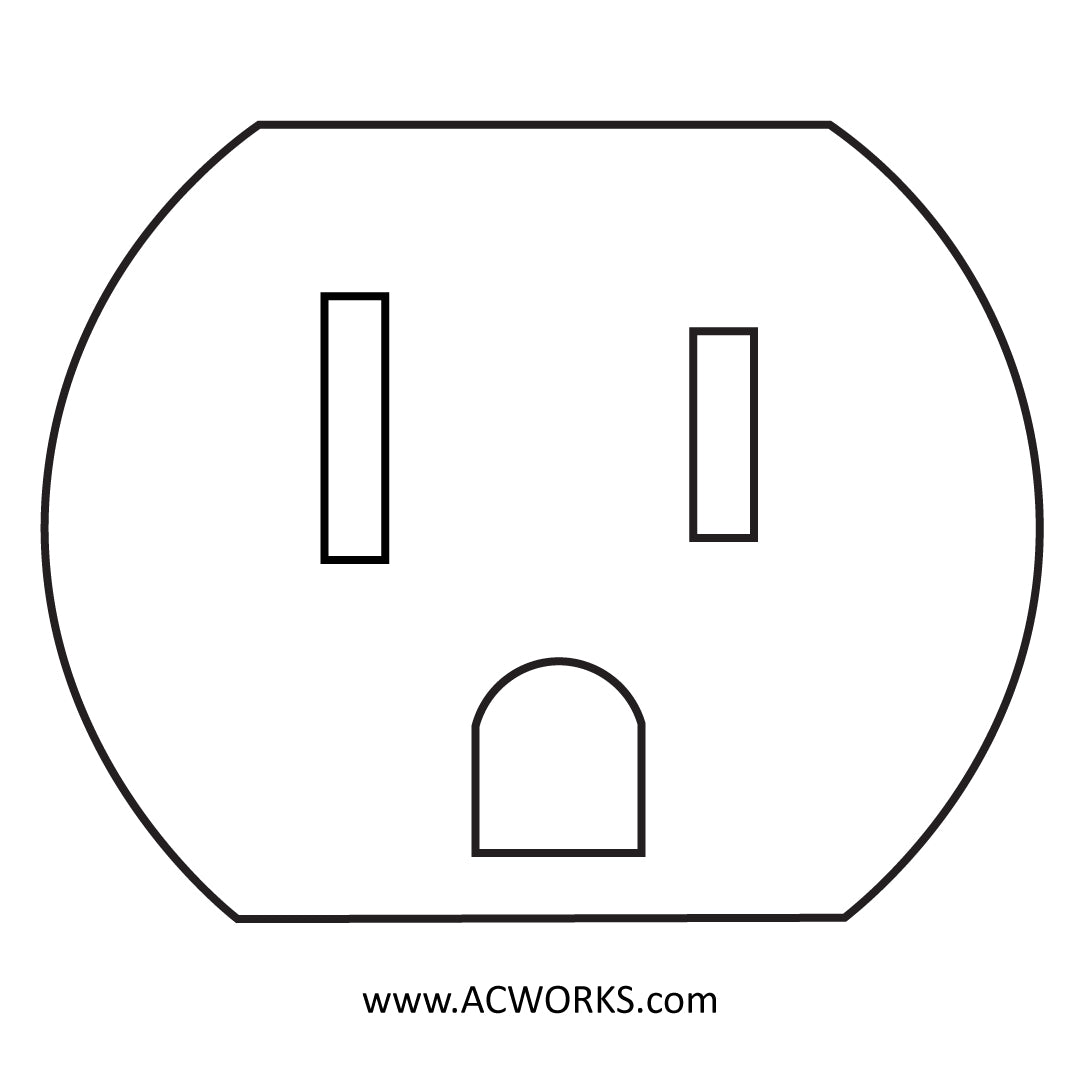


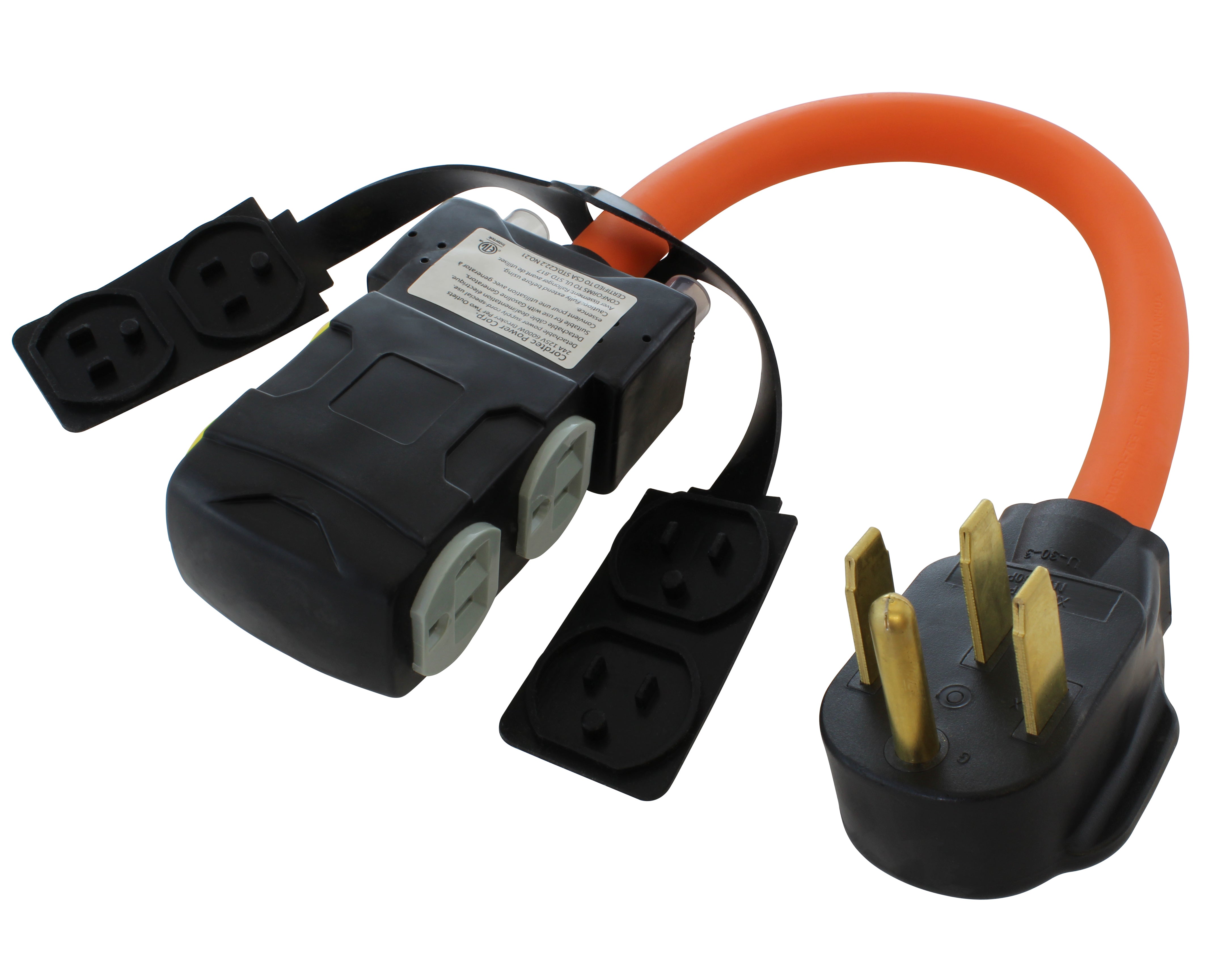
![AC WORKS® [ASINSS2PBX-G] 50A Locking 4-Wire CS6375/ SS2-50 Heavy-Duty Transfer Switch Inlet Box](http://acworks.com/cdn/shop/files/ASINSS2PBX-0_0206b362-7c90-42a5-8754-0685c13dab7e.jpg?v=1758051675&width=2500)
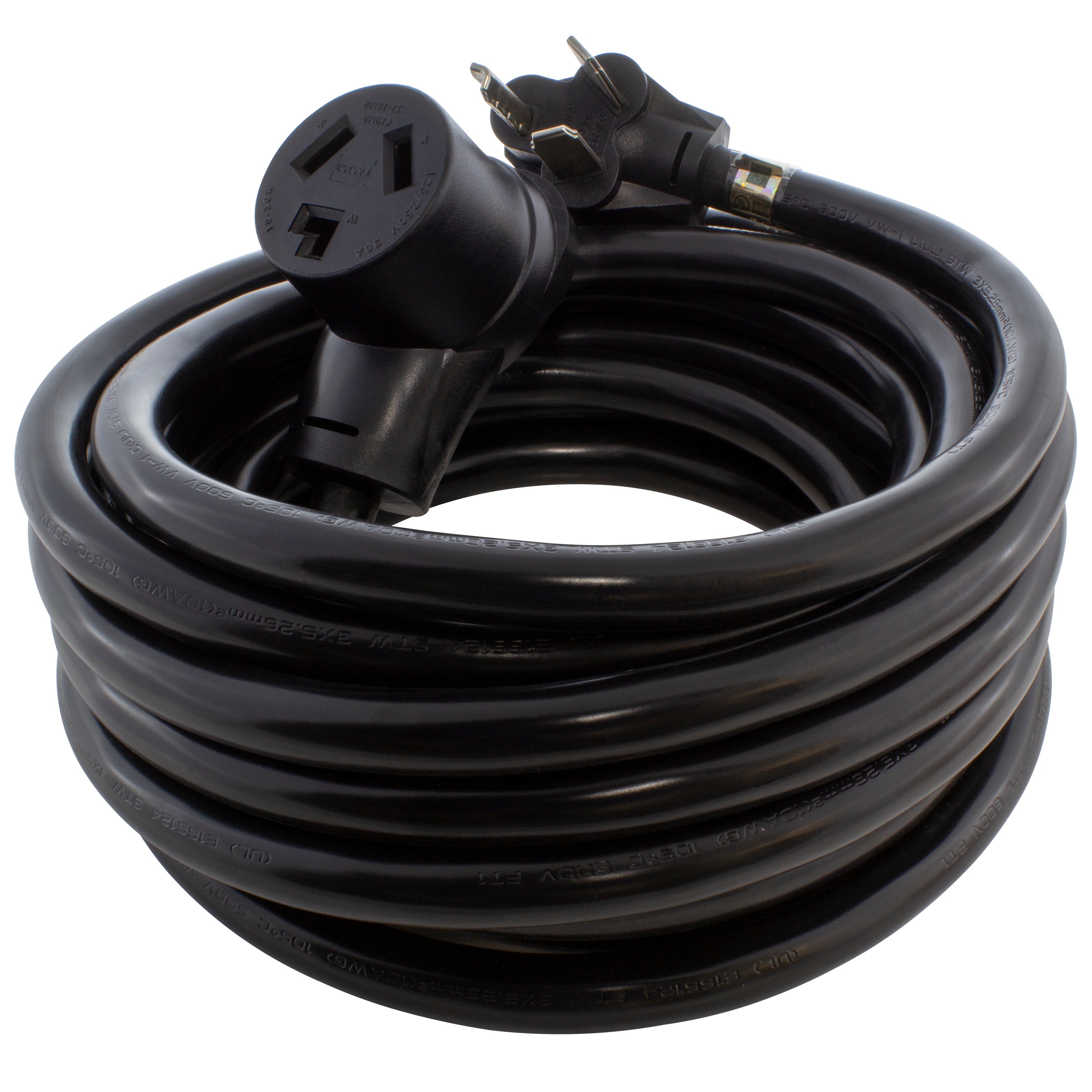
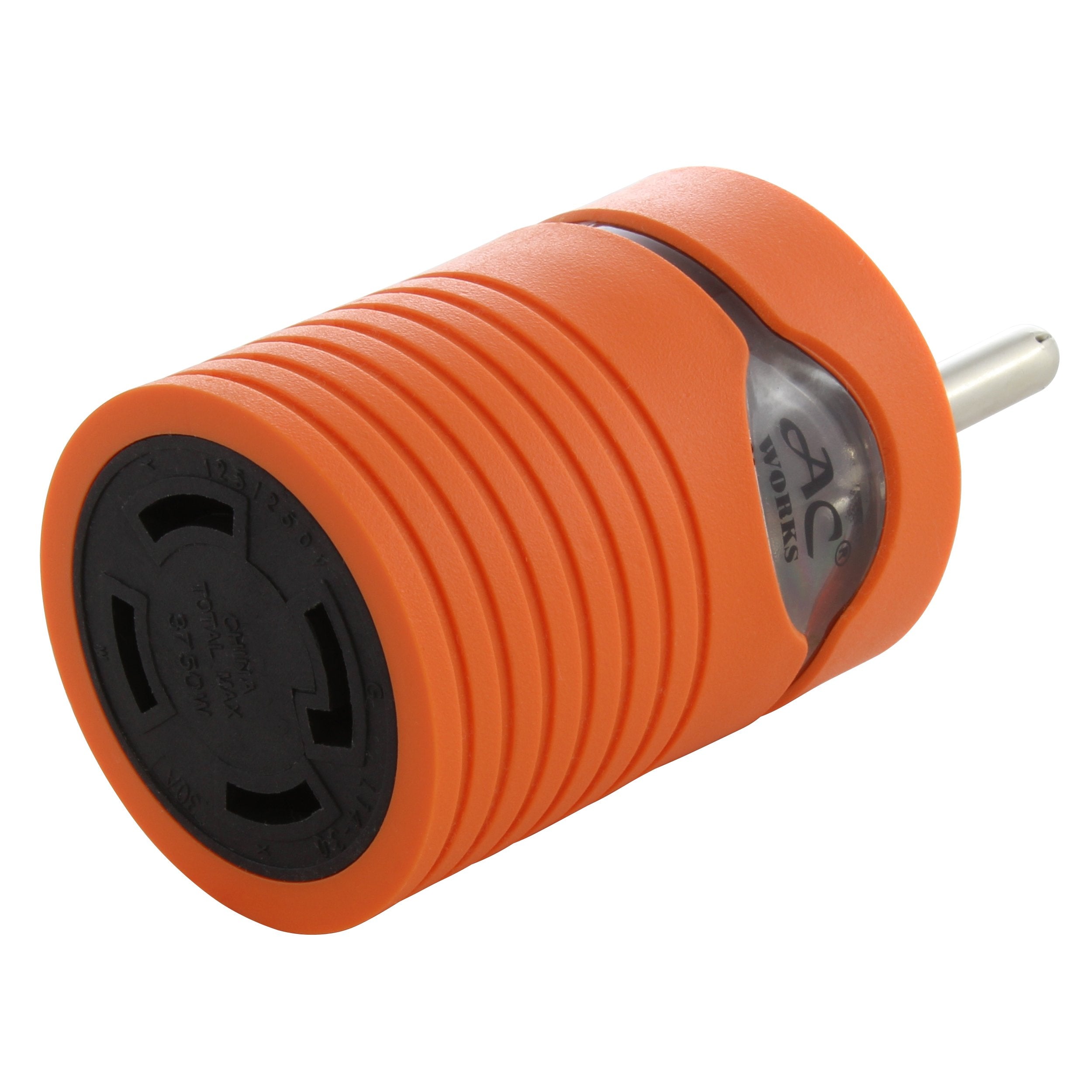
![AC WORKS® [S1430CBF520] 1.5FT 14-30P 4-Prong Dryer Plug to (4) Household Outlets with 24A Breaker](http://acworks.com/cdn/shop/products/S1430CBF520.jpg?v=1666103519&width=4656)

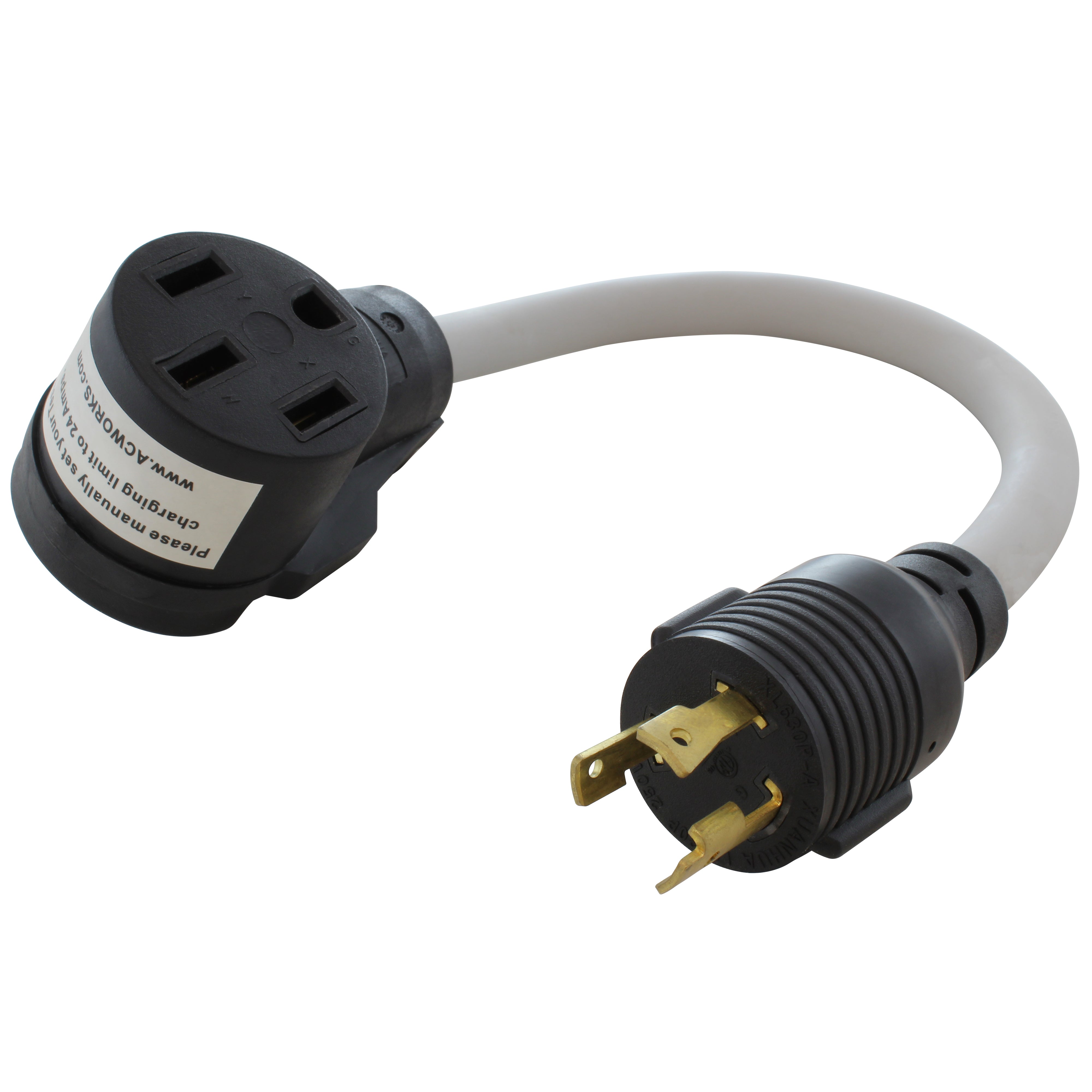

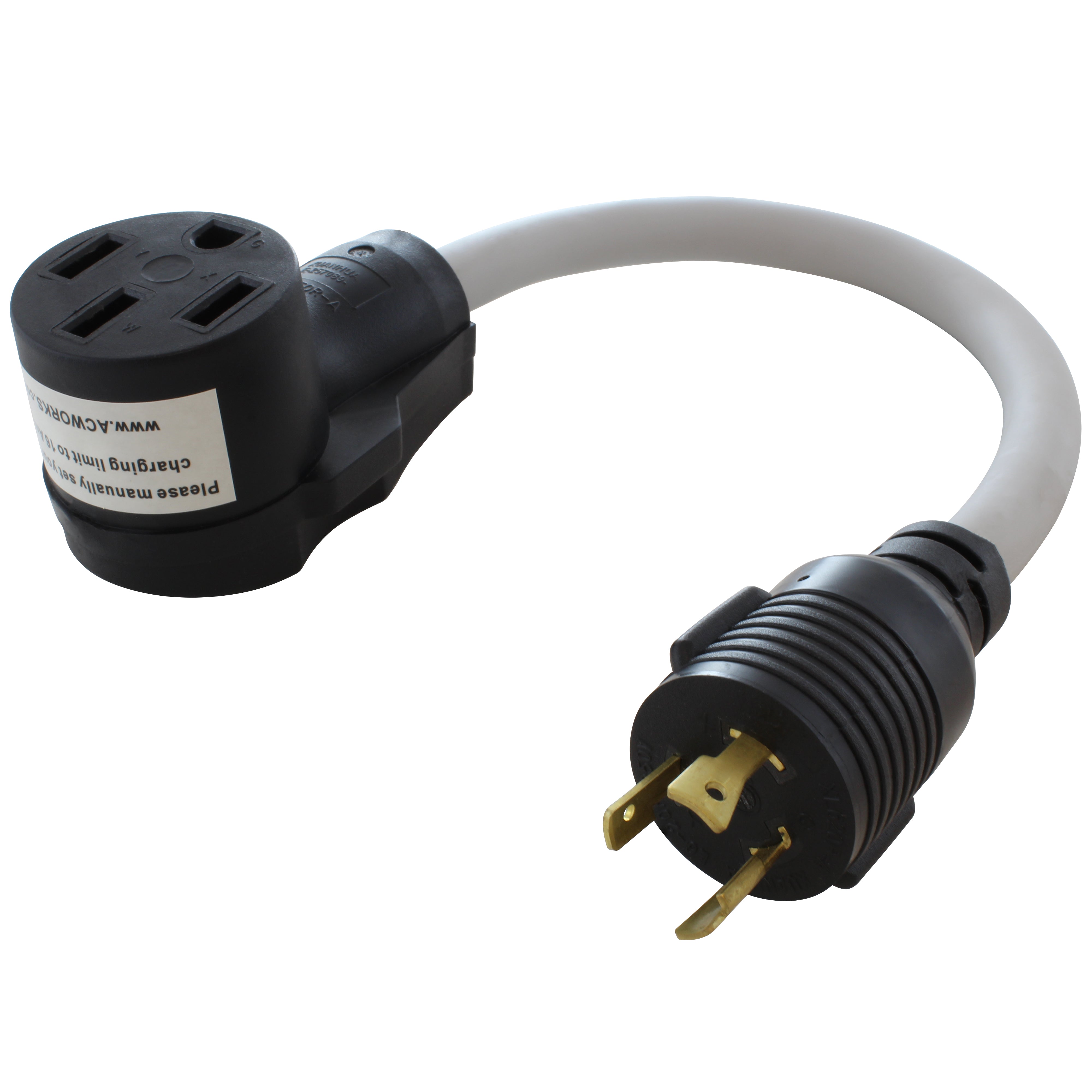



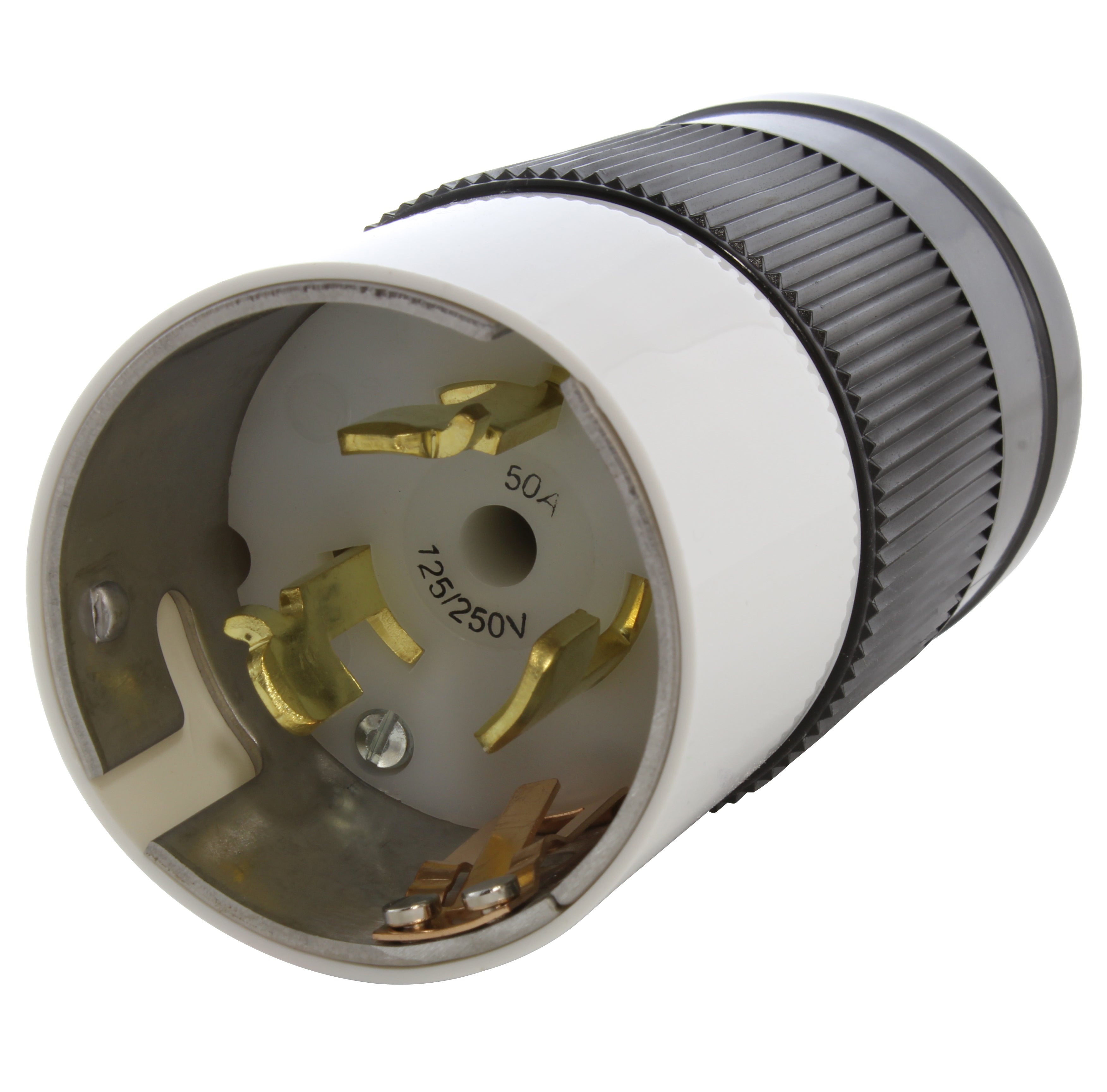
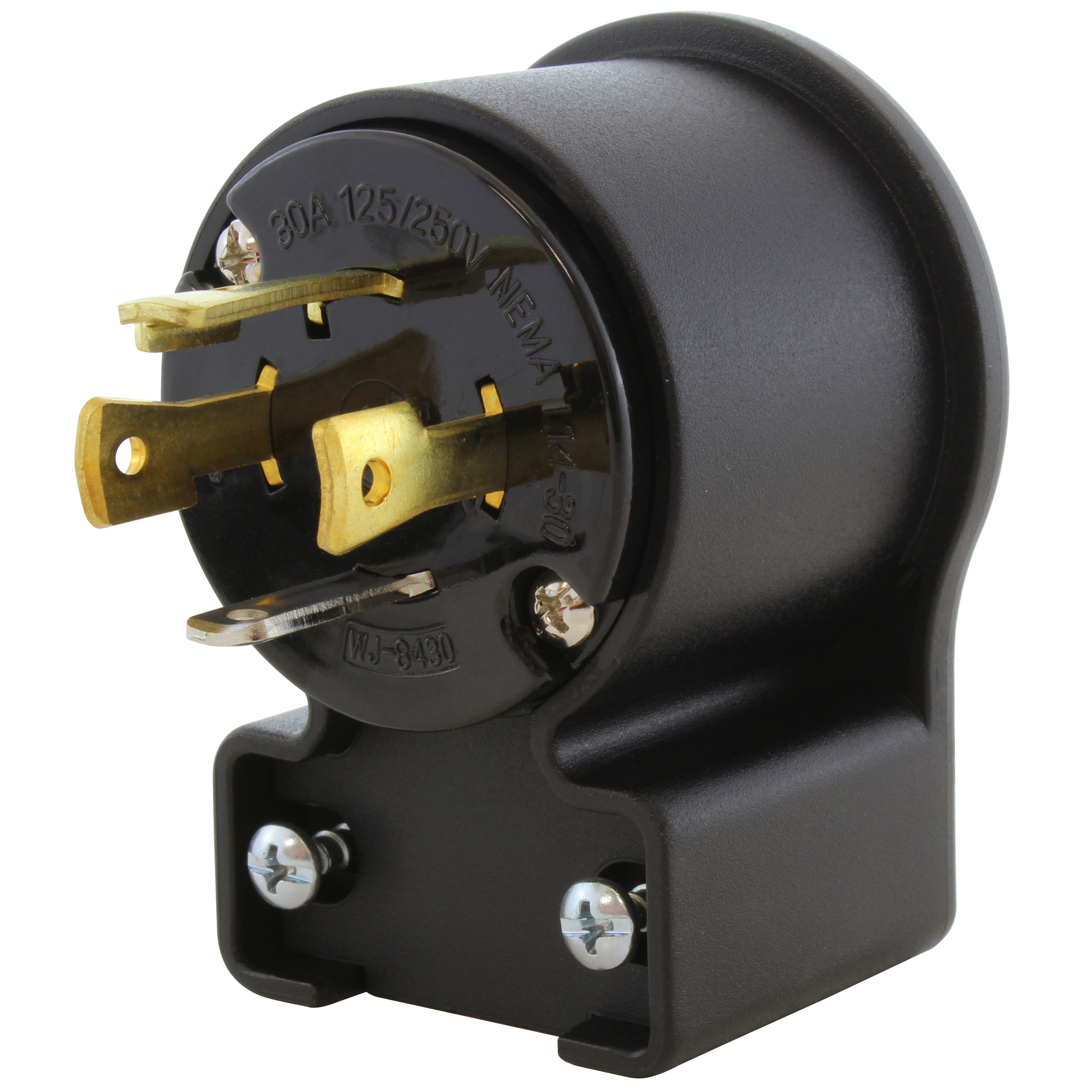

![AC WORKS® [ADV104] 3-Prong Heavy-Duty V-DUO Household Outlet Adapter](http://acworks.com/cdn/shop/products/ADV104-0.jpg?v=1605738768&width=3128)
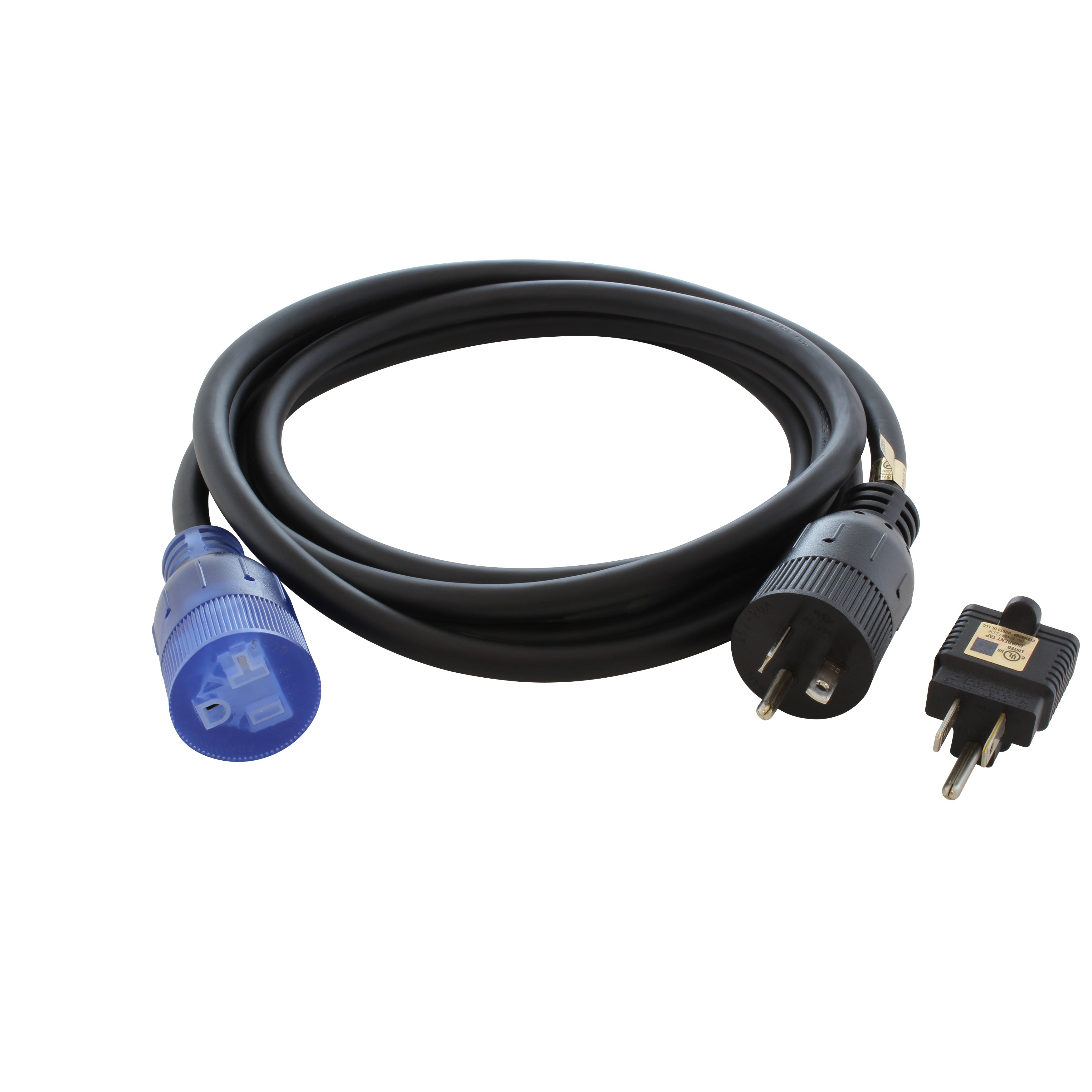
![AC WORKS® [XH515520] 15A to 15/20A 125 Volt Plug Adapter with ETL Safety Approval](http://acworks.com/cdn/shop/files/XH515520-0_daea425a-f439-48df-bb75-052167057f12.jpg?v=1729091519&width=2500)

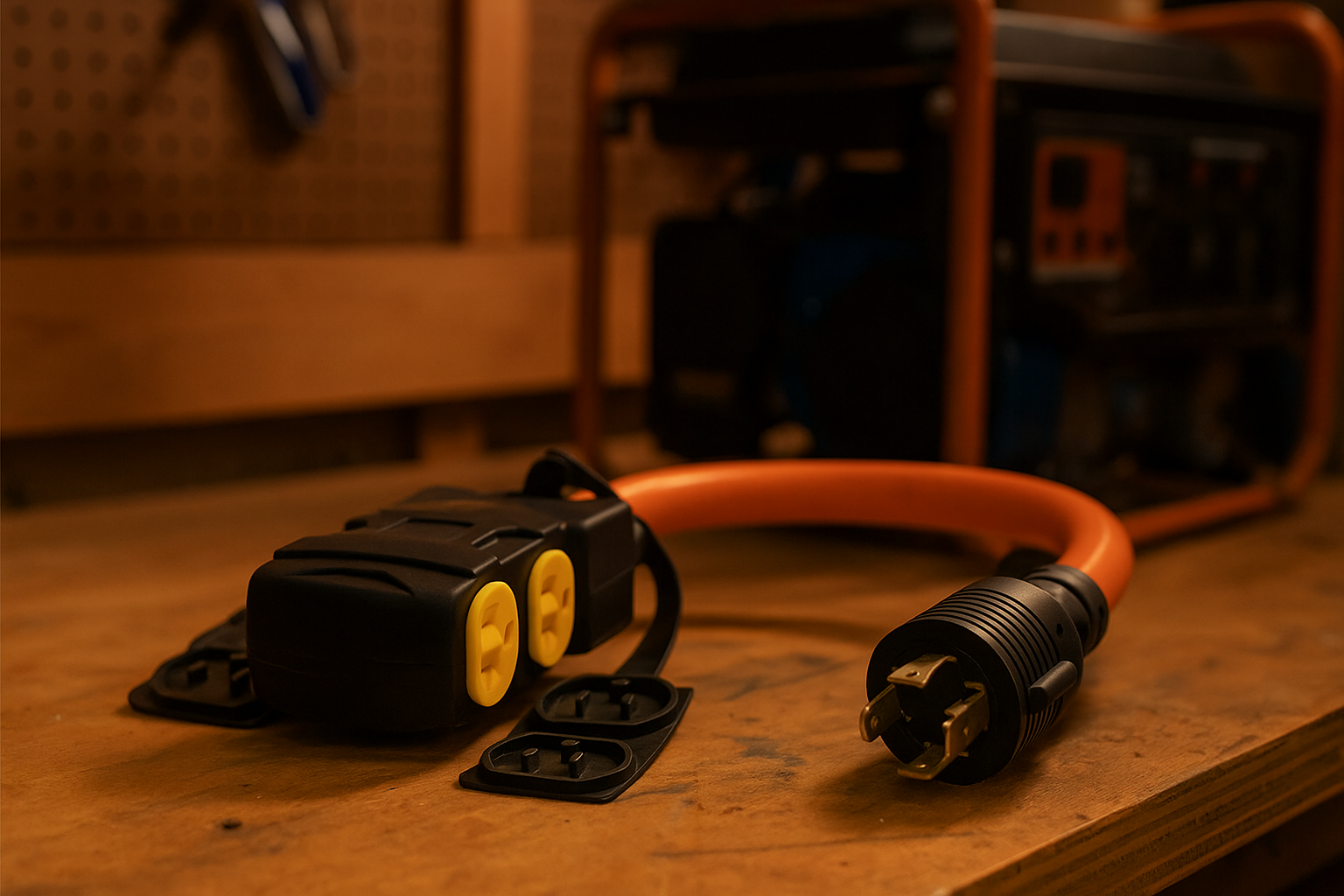
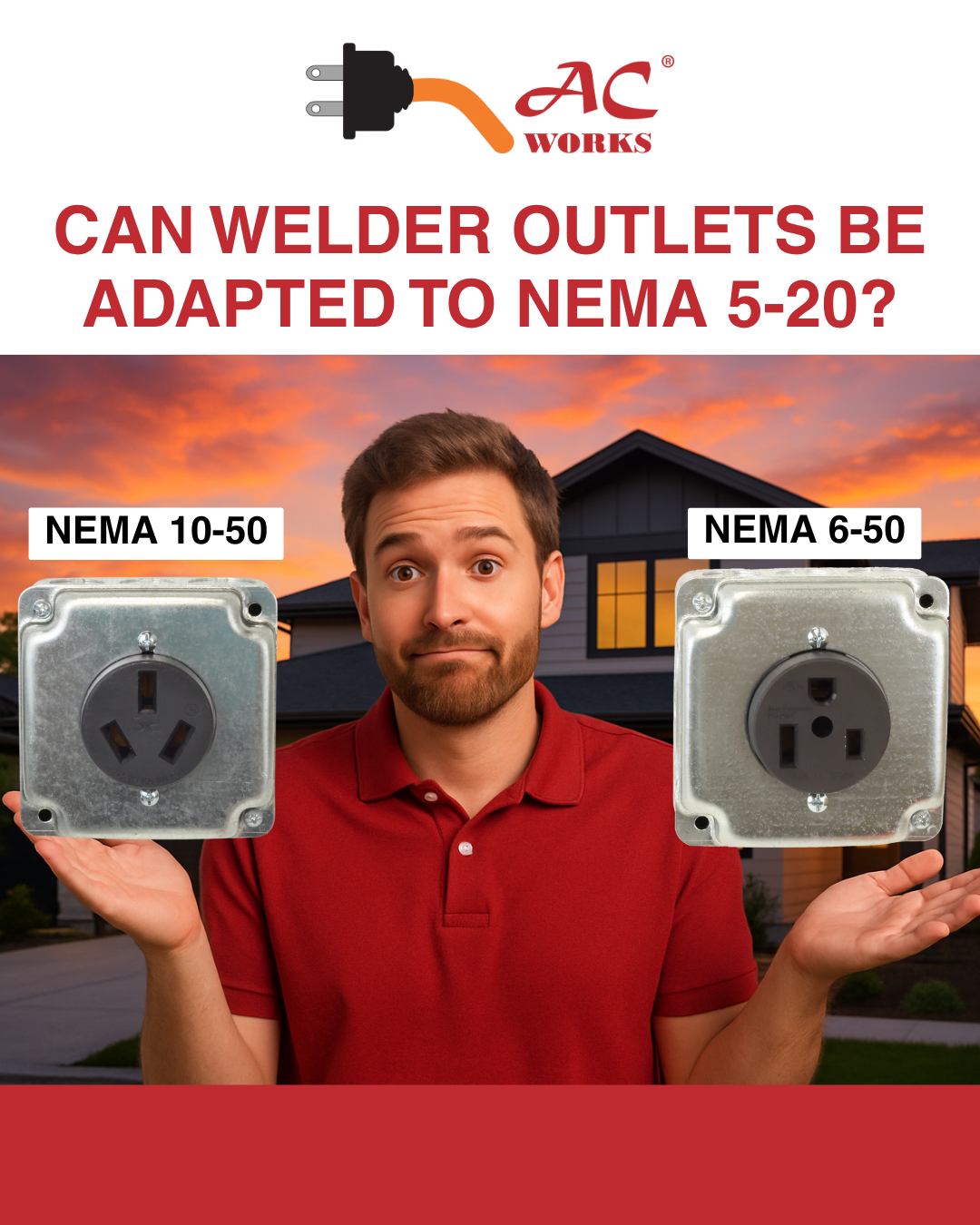
Share:
Tips to be Aware of When Working on Wiring Projects
Medical and Hospital Grade Power Supply Requirements
4 comments
Great article! Residential outlets are an essential component of any home’s electrical system. They provide a safe and convenient way to connect electrical appliances and devices to the power supply. It’s important to ensure that residential outlets are installed properly and maintained regularly to prevent electrical hazards and ensure optimal performance. Additionally, with the increasing use of electronic devices in homes, it’s crucial to have enough outlets to avoid overloading circuits and causing electrical fires.
Great article! Residential outlets are an essential component of every home’s electrical system. They allow us to power our devices and appliances and keep our homes running smoothly. It’s important to make sure that outlets are installed properly and up to code to ensure safety and prevent electrical hazards. There are a variety of different types of residential outlets available, including standard outlets, GFCI outlets, and AFCI outlets, each with their own specific functions and benefits. Working with a licensed electrician is recommended when installing or upgrading residential outlets to ensure that the work is done safely and to code.
Dennis, you are correct, it is always a good idea to hire an electrician if you are unsure of what to do with your electrical.
I would never have guessed that my house could have multiple different types of electrical outlets. If I remember correctly, I think it is important to have outlets updated occasionally. I wouldn’t even know where to begin with that, so it would probably best if I hired an electrician. http://www.sequimvalleyelectric.com/services